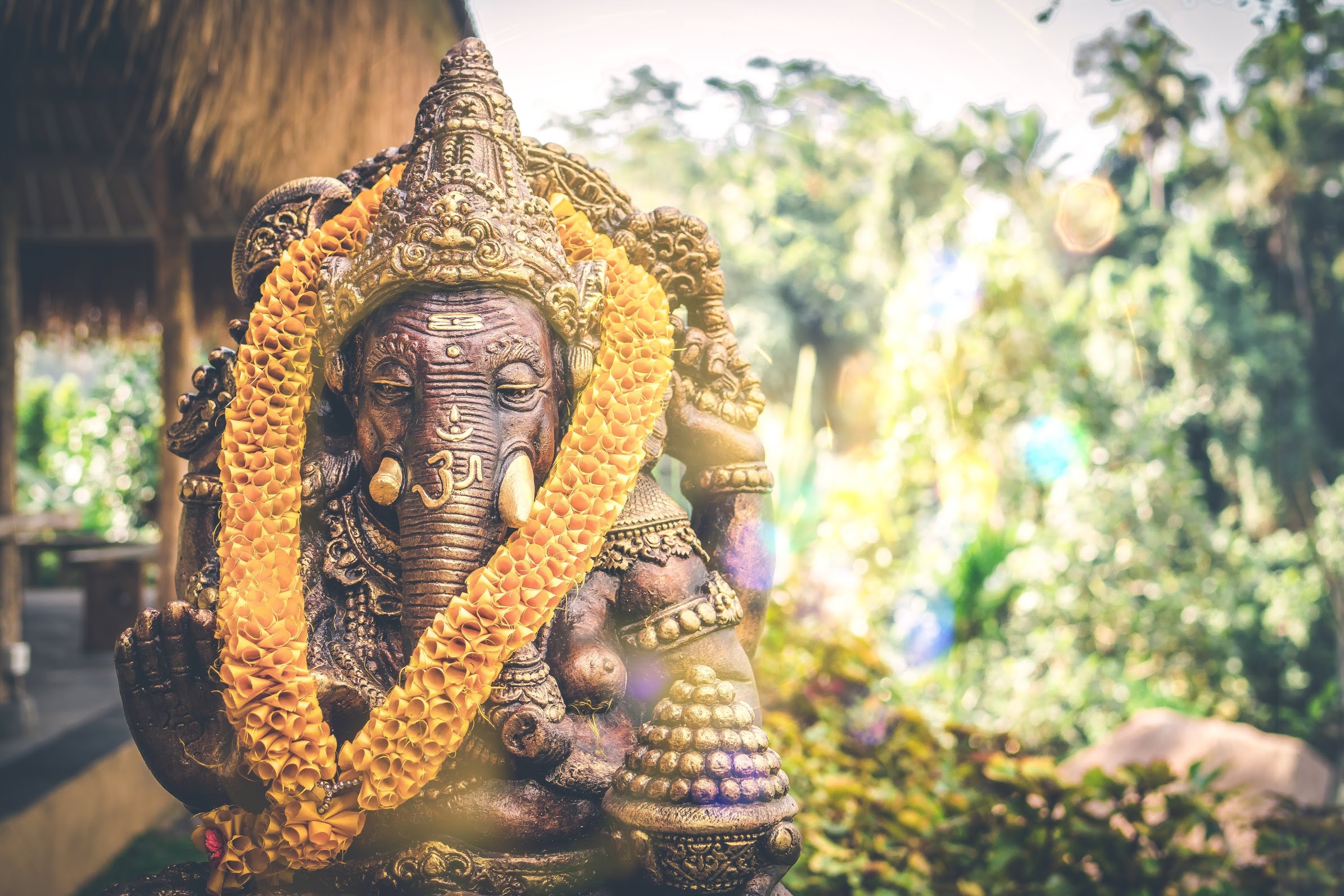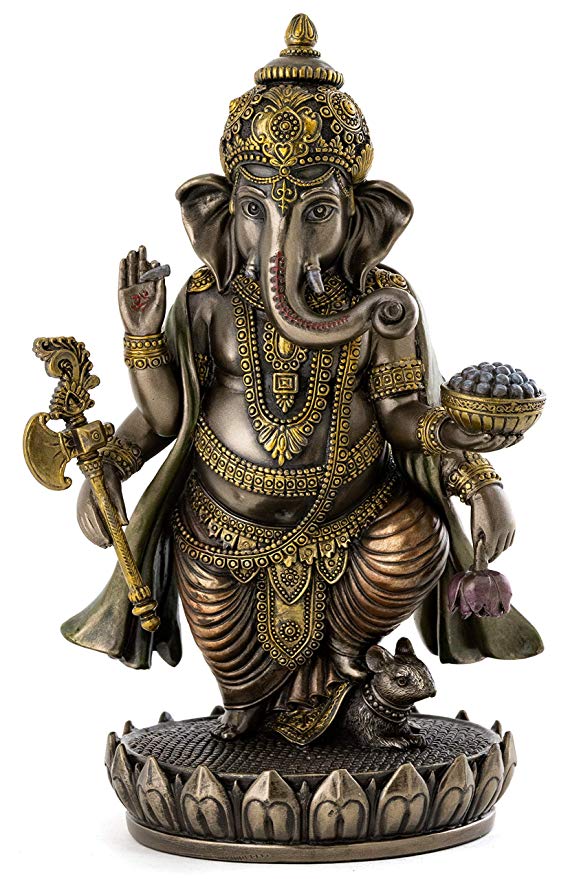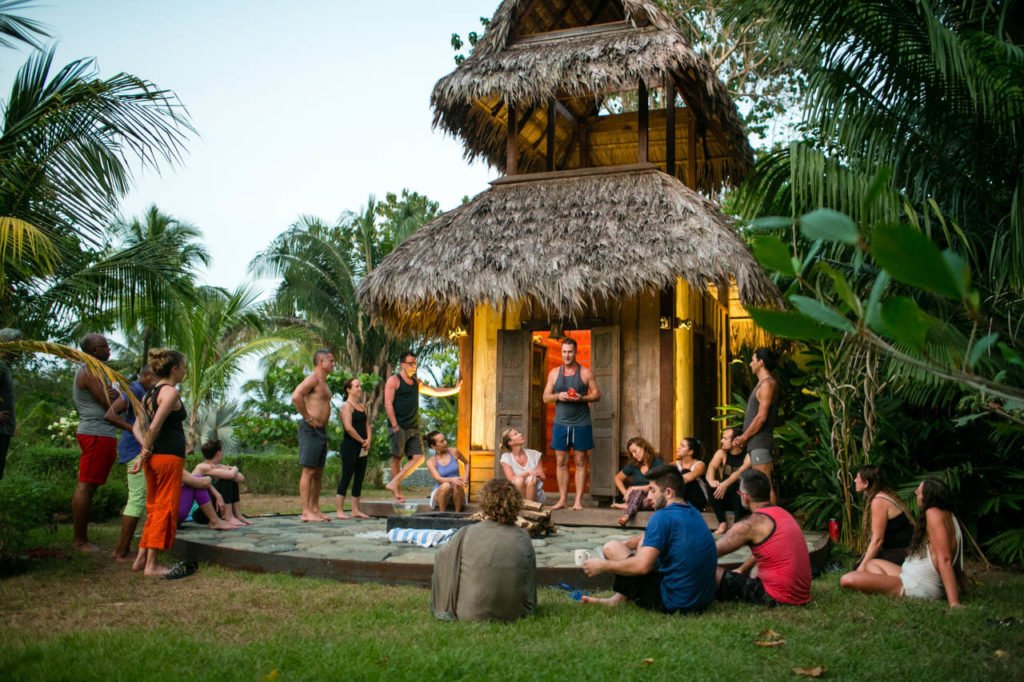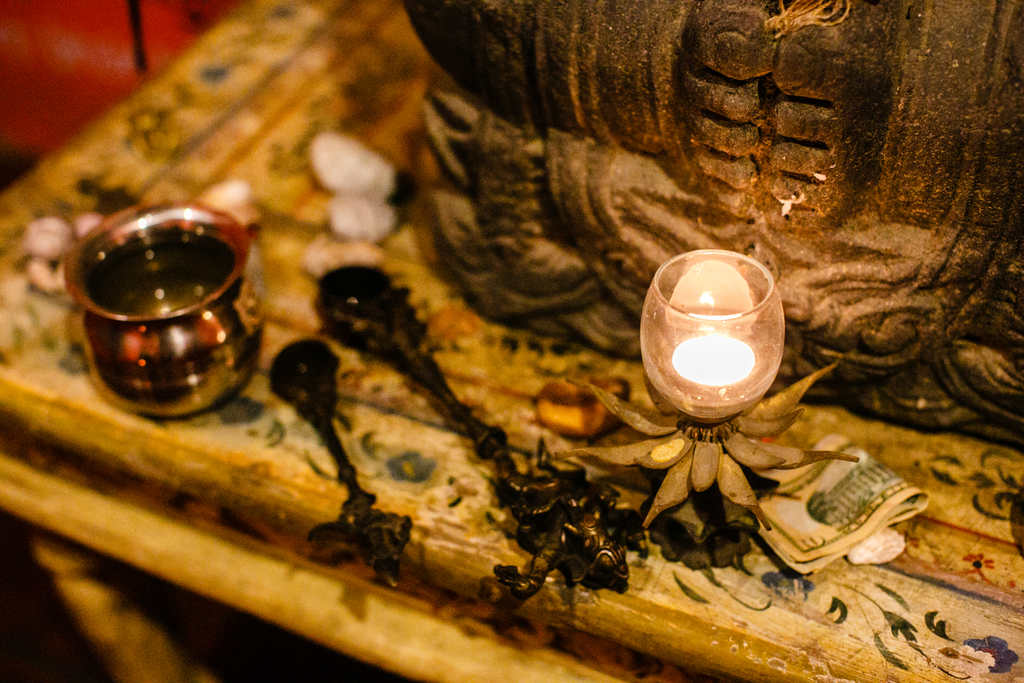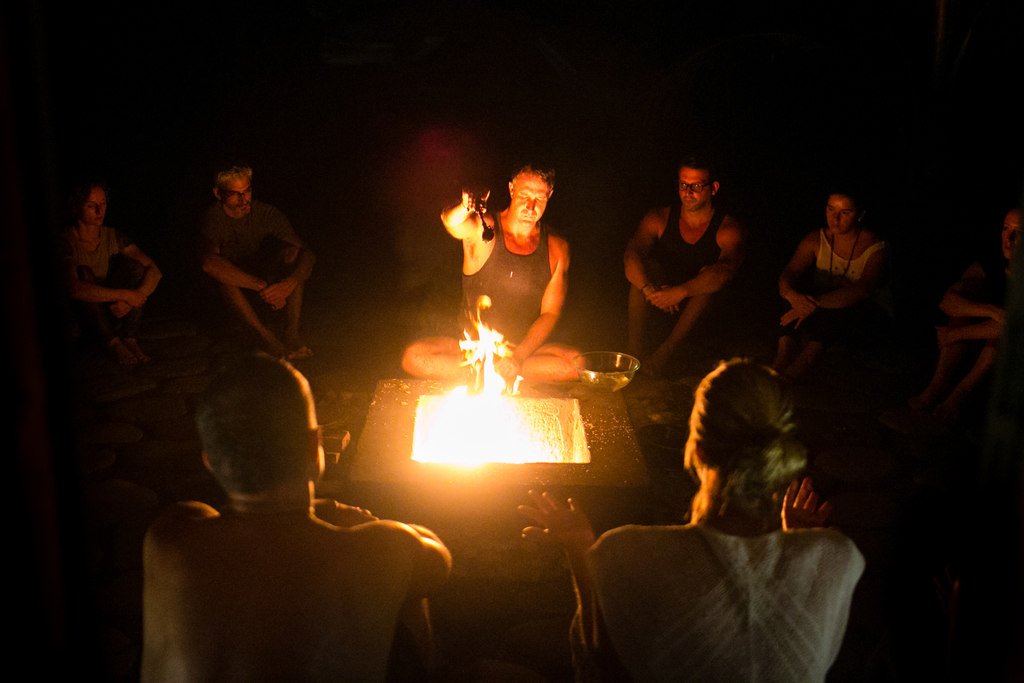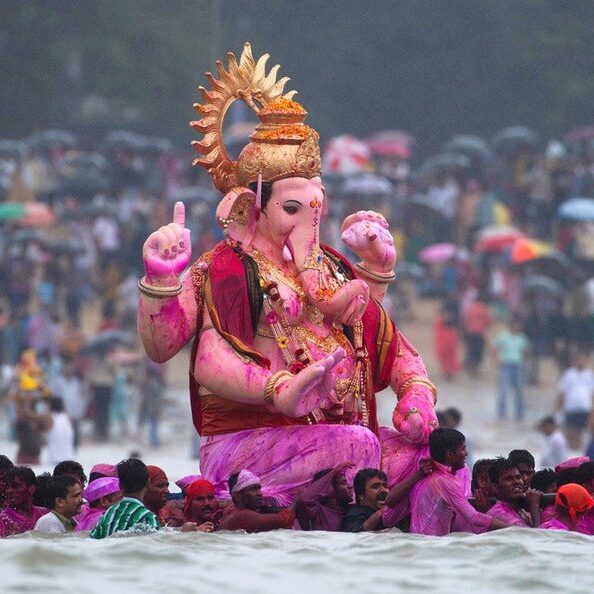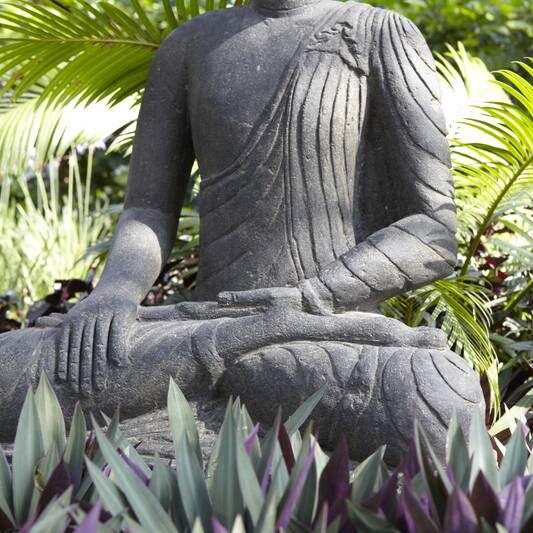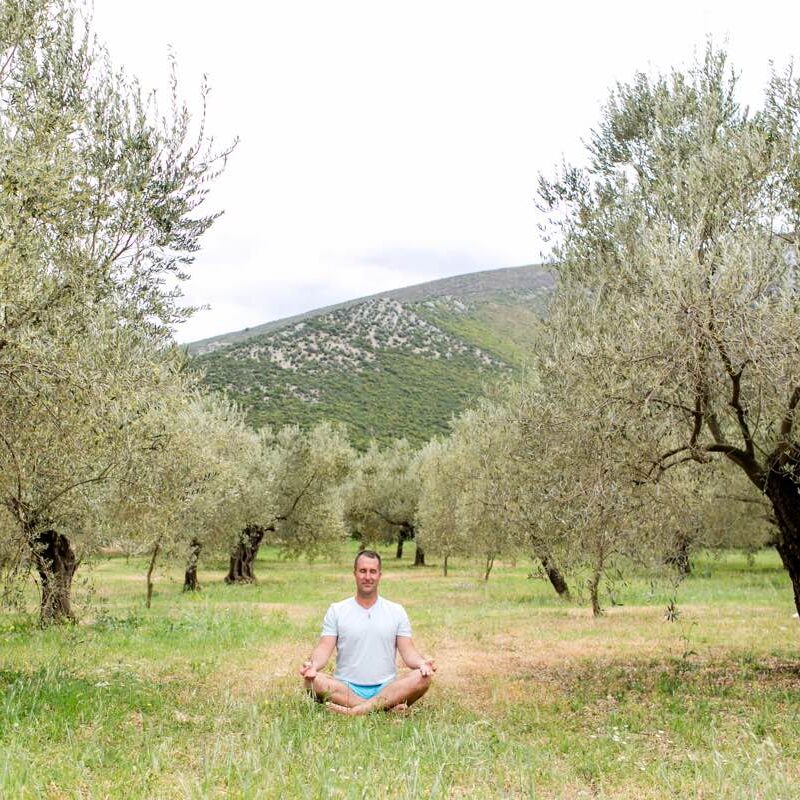Who is Ganesh? Is Ganesh a Real Being?
Ganesha, also spelled Ganesh, is a deity in the Hindu tradition.
So, why is the symbol of Ganesh, depicted by a potbellied boy-like body with the head of an elephant, so important in the yoga tradition? What exactly does he represent? What can we learn from him?
Symbolism of Ganesh
- Ganesh is depicted with an axe to represent cutting away the ego and desires.
- He has a big head to represent wisdom and intelligence.
- His huge ears represent that he is a great listener and counselor. They also represent his ability to keenly listen to the prayers and needs of his subjects.
- His small eyes symbolize focus, discipline, and concentration to focus on reaching our goals and strategies rather than our setbacks or what is not working.
- The mouse Ganesh rides on represents the ego, and while the ego is necessary for our lives and who we are, one must learn to keep it under control.
- His bowl of food or treats symbolizes abundance. An aspect of Ganesh is his overwhelming ability to eat. In this way, we learn to increase our capacity to absorb and contain prana.
- Traditionally, Ganesha has a noose in his left hand, which is supposed to gently capture all difficulties.
- He usually holds a broken tusk in his lower right hand as a symbol of sacrifice, and in his other hand, a rosary, suggesting our pursuit of knowledge should be continuous.
- The snake around his waist represents energy in all forms.
Ganesh & Yoga
How might one incorporate this understanding of Ganesh into a yoga practice?
It may be confusing for some, to understand the relationship between religion and yoga when deities become involved. But even without being a practitioner of Hinduism, yogis can still incorporate the symbol of Ganesh and its meaning into their yoga practice and everyday life. Considering the meaning behind Ganesh and what he represents, these concepts can be used as aspirations within one’s own life, including yoga and meditation practice.
In one of Blue Osa’s most enchanting features, a Balinese beach-hut-style meditation temple, you will find a statue of Ganesh, the elephant God. He was specifically chosen by Yogi Aaron, Blue Osa’s owner, and founder, so guests and yoga students can use and honor Ganesh in a multitude of ways . . .
Lord of Beginnings
In Hindu culture, Ganesh is known as the “Lord of Beginnings” and is often honored at the start of rituals and ceremonies.
Because of this, Yogi Aaron believes honoring this diety is an excellent way to start your sadhana (or daily spiritual practice).
Guests and yoga students can pay their respects to Ganesh when they first arrive to initiate their week of practice and journey inwards.
Pray to him at the beginning of any new endeavor to ask for blessings and ease.
The Great Balancer
Use Ganesh, the great balancer, as a tool to remind yourself to stay steady, strong and grounded.
Ganesh is the ruler of the root chakra, the Muladhara, governing our four basic needs: food, sex, sleep, and survival.
If you are experiencing imbalances in these areas, use Ganesh to help you in opening and/or balancing your Muladhara chakra. One way to do this is to use his mantra:
“May I remain grounded, steady, clear and strong.”
Remover of Obstacles
Even though he is also known as the “Remover of Obstacles” it is not as if he simply rides in and clears away external roadblocks.
Instead, Ganesh invites a change in perception of the obstacle, inviting us to see them as opportunities, and that sometimes the obstacle is the actual destination.
Life’s challenges can act as a right of passage that has arisen as a beautiful opportunity to transform our minds and souls.
A perfect way to use the power of Ganesh’s presence is to chant a mantra to draw upon the energy of this deity to remove obstacles in your life.
“Gam Ganapataye Namaha” is a traditional mantra that honors Ganesha.
This mantra translates to “I offer my obeisances to Ganesha, the remover of obstacles.”
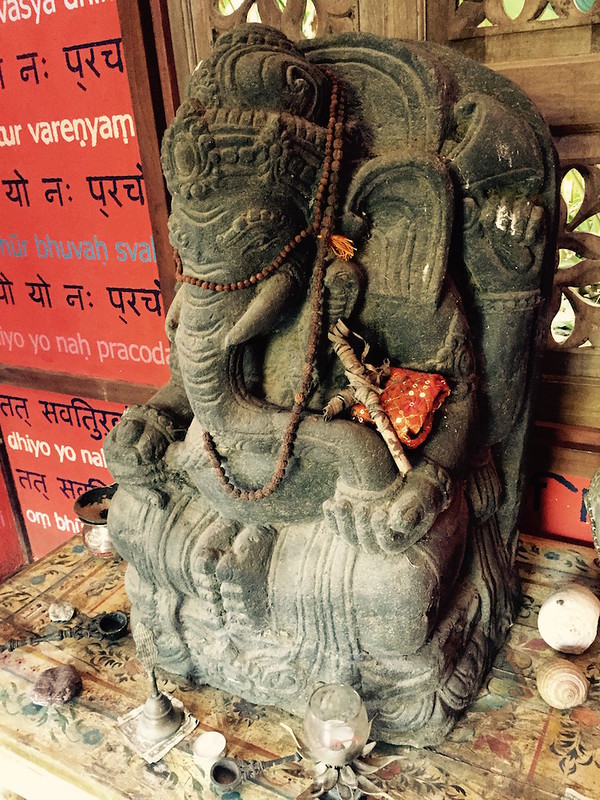
Other Reasons Why Ganesh Was Chosen For Blue Osa
Ganesh is also an important deity for business and acts as a protector of our sacred property, a place where people travel from all over the world to experience transformation and inner peace.
Yogi Aaron also chose Ganesha for the temple because of the deity’s connection with the divine mother. The rituals of the Blue Osa experience are all about honoring and receiving the gifts of this incredible place on Earth.
How Can You Bring Ganesha Into Your Life?
Often times we come on retreat or attend a yoga teacher training because we need to shift something in our lives. Perhaps we feel overwhelmed about a big decision we need to make, are confused about our next steps, or just feel a general sense of discouragement.
When experiencing these challenges, use the symbolism of Ganesh as medicine and inspiration while asking yourself:
Can I shift my attitude and see it as an opportunity?
How can I change my perspective of this obstacle?
What do I need to do to feel more steady and grounded?
How can I think outside of the box?
How can I move through these situations and remain balanced and grounded?
Remember, Ganesh’s purpose (or Dharma) is not just to remove obstacles, but sometimes to place them in our way to teach us important life lessons and to remind us that our own happiness is ultimately a choice!
Ganesh encourages us to get curious about our circumstances and reminds us that they are an opportunity to learn and grow.
Make a point to visit the Ganesh Temple at Blue Osa during your yoga retreat or training at Blue Osa.
Ganesh’s wise, strong, and steady presence may inspire some unexpected answers.
The perfect place to dive deeper and gain a deeper understanding of Ganesh and his relationship to a yoga practice is during Blue Osa´s yoga teacher training, where the history and philosophy of yoga are covered extensively.


